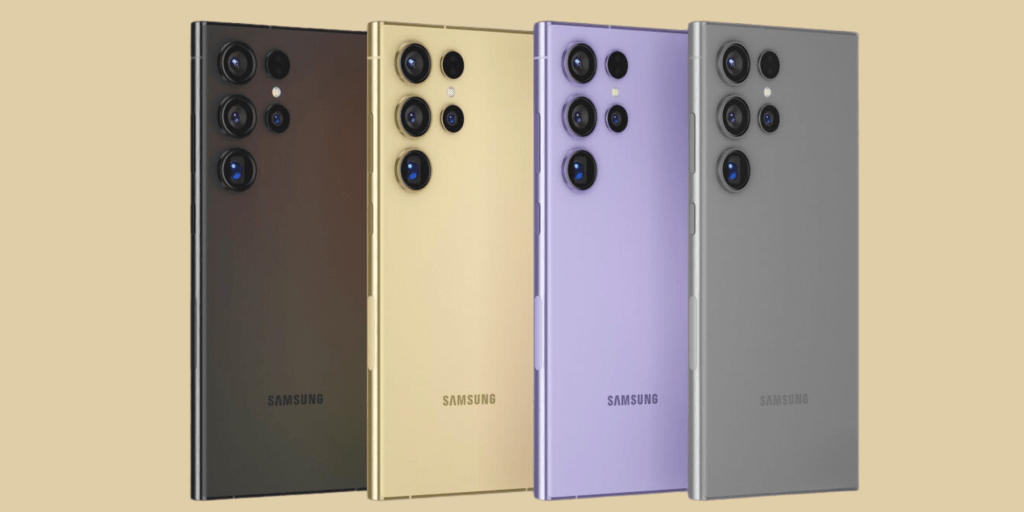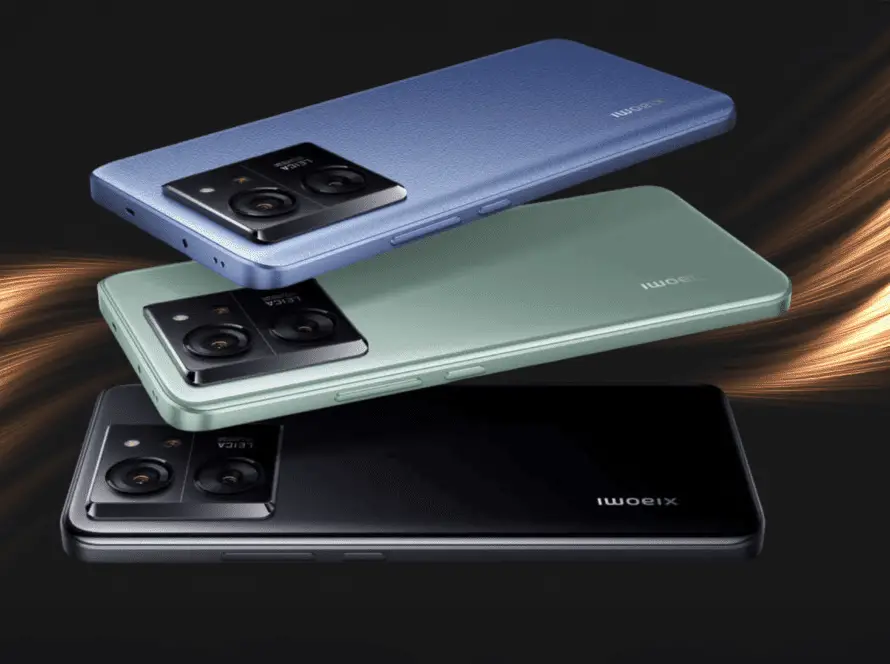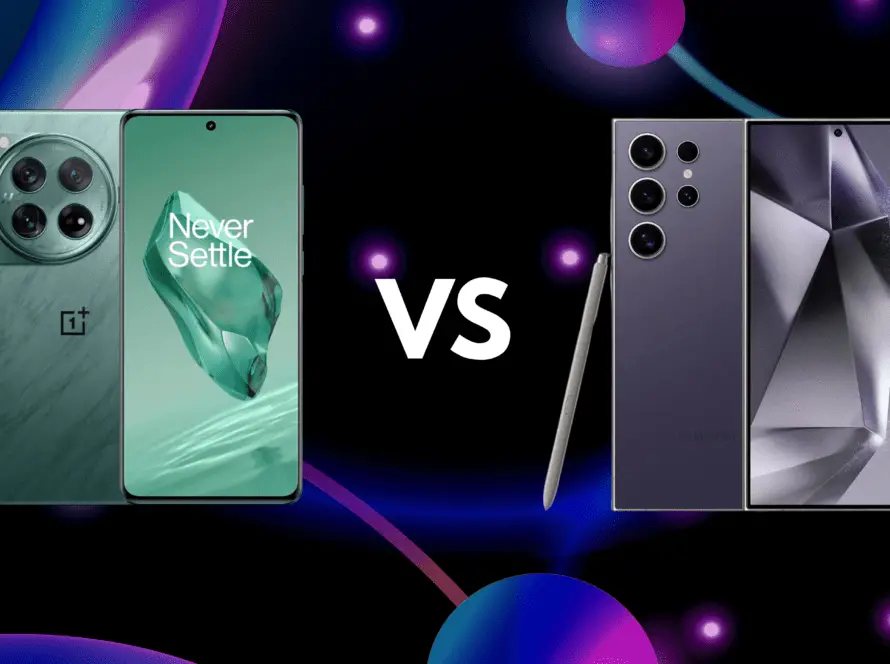World of smartphones, anticipation builds with each hint of innovation, drawing us closer to the next leap in technology that will redefine our digital lives. The Samsung Galaxy S24 series, with its cutting-edge features and refined design, has barely settled into the hands of eager users.
Yet, the tech community’s gaze has already shifted towards the horizon, where the first glimpses of the Samsung Galaxy S25 series emerge, shrouded in promise and potential.
With leaks and rumours swirling, courtesy of seasoned tipsters like Digital Chat Station, the S25 is shaping up to be not just a successor but a significant leap forward, promising enhancements that could once again alter the landscape of mobile technology.
Priecing together a picture of what Samsung might have in store for us with the Galaxy S25—exploring its anticipated powerhouse performance, innovative design, groundbreaking camera systems, and more, all while considering the balance between the technological advancements and the price we pay for the future in our palms.
Snapdragon 8 Gen 4 Chipset
The Snapdragon 8 Gen 4 is expected to mark a significant leap forward from its predecessor, the Snapdragon 8 Gen 3, which currently powers the Galaxy S24 series in some regions.
With an anticipated clock speed reaching up to 4GHz, the chipset promises to elevate the smartphone experience to unprecedented levels.
This jump in performance, from the 8 Gen 3’s peak at 3.30GHz, hints at a device that will be faster and more responsive than anything we’ve seen before.
One of the most notable advancements with the Snapdragon 8 Gen 4 comes from its transition to a 3-nanometer fabrication process. This move is not just about boosting speed but also about enhancing the chip’s efficiency.
Smaller process nodes allow for more transistors to be packed into the same space, leading to significant improvements in performance and power consumption. This technological stride is poised to offer users longer battery life and a smoother, cooler operating experience, even under heavy use.
The implications of such a chipset are vast, touching every aspect of the smartphone experience. Users can expect lightning-fast app launches, more sophisticated AI functionalities, and enhanced gaming experiences with improved graphics and frame rates.
This chipset will likely pave the way for advancements in 5G connectivity, offering faster, more reliable network performance. While the Snapdragon 8 Gen 4 promises remarkable improvements in speed and efficiency, it also heralds potential price adjustments.
With a more powerful processor at its core, the Galaxy S25 series may see an uptick in price, a move that Qualcomm executives have hinted at. This adjustment reflects the cost of innovation and the balance manufacturers must strike between delivering cutting-edge technology and maintaining accessibility for users.

Samsung Galaxy S25 Design
Samsung Galaxy S25 series, the design and display are among the most anticipated aspects, offering a glimpse into the future of smartphone aesthetics and user experience. Building upon the legacy of its predecessors, the Galaxy S25 series stands at the cusp of a new design ethos, poised to marry elegance with cutting-edge technology.
Samsung’s Galaxy S series has long been synonymous with design innovation, each iteration pushing the boundaries of what’s possible. The Galaxy S24 series, with its sleek contours and immersive displays, set a high benchmark.
As rumours and speculations swirl around the S25, expectations are that Samsung will continue this tradition, refining its design language to offer users an even more premium and ergonomic experience.
Samsung has maintained a cohesive design language across its S series, with nuanced differences to cater to the unique identity of each model within the lineup. The Galaxy S25 and S25 Plus are expected to adhere to this shared aesthetic, offering subtle refinements that enhance the hand feel and visual appeal.
Galaxy S25 Ultra, known for its distinctive look and additional features, such as the S Pen, may see design tweaks that further distinguish it from its siblings, potentially bringing it closer in design to the rest of the series or introducing new innovations that set a new standard for premium smartphones.
The display is where Samsung often showcases its technological prowess, and the Galaxy S25 series is likely to be no exception. Following the trend of flatter displays seen in the Galaxy S24 Ultra, there is speculation that Samsung might continue to refine this approach, offering displays that provide an even more seamless and immersive viewing experience.
This could involve minimizing bezels further, enhancing display brightness and colour accuracy, and introducing new under-display technologies, such as cameras or fingerprint sensors, that could redefine user interactions with their devices.
Camera Innovations
One of the most intriguing rumours about the Galaxy S25 series is Samsung’s potential shift from its own ISOCELL sensors to Sony sensors for the Galaxy S25 and S25 Plus models.
This move could signify a major shift in strategy, aiming to leverage Sony’s acclaimed sensor technology to enhance image quality, low-light performance, and dynamic range. Sony sensors are renowned for their ability to capture detailed and vibrant images, suggesting that the S25 series could set new benchmarks in mobile photography.
The adoption of Sony sensors could bring about a notable improvement in various aspects of photography. Expect sharper images with more accurate colour reproduction and improved performance in challenging lighting conditions.
This change might also introduce new features and capabilities, such as advanced autofocus technologies, better noise reduction in low light, and potentially higher resolution capabilities for both photos and videos.
While the standard S25 and S25 Plus models are rumoured to embrace Sony sensors, the Galaxy S25 Ultra is expected to continue using Samsung’s ISOCELL sensors. However, this doesn’t mean the Ultra will miss out on camera advancements.
The S25 Ultra is anticipated to feature upgraded sensors that could include higher megapixel counts, improved zoom capabilities, and even better optimization for photography and videography.
Samsung’s tradition of equipping the Ultra model with the best camera hardware suggests we might see innovations that further blur the lines between smartphone cameras and professional photography equipment.
Beyond hardware improvements, software and AI play crucial roles in modern smartphone photography. The Galaxy S25 series is expected to bring enhanced computational photography capabilities, with AI algorithms optimizing photos and videos in real time for stunning results.
Features such as scene detection, portrait mode enhancements, and low-light performance are likely to see significant improvements, making it easier for users to capture professional-quality content without manual adjustments.

Performance Enhancements and Specs
At the heart of the Galaxy S25’s performance enhancements lies the Qualcomm Snapdragon 8 Gen 4 chipset. Expected to be manufactured using an advanced 3nm process technology, this chipset is rumoured to offer significant improvements in both processing power and energy efficiency.
With clock speeds potentially reaching up to 4GHz, users can anticipate a smooth, responsive experience whether they are gaming, streaming, or multitasking.
Leaked benchmarks suggest that the Snapdragon 8 Gen 4 could surpass previous records, with speculations of it achieving over 10,000 points on Geekbench 6’s multicore score.
This represents a monumental improvement over its predecessor and positions the Galaxy S25 series to outperform current leading smartphones in the market, including those from Apple. Such performance metrics hint at the capacity for more complex computational tasks, enhanced AI functionalities, and an overall smoother user interface.
In regions where Samsung traditionally opts for its proprietary Exynos chipsets, the Galaxy S25 may continue this trend. The latest Exynos processors, possibly also manufactured using a 3nm process, will offer parity with the Snapdragon variants in terms of performance and efficiency.
This continued diversification ensures that Samsung leverages its semiconductor capabilities to the fullest, offering optimized experiences across global markets.
Beyond raw processing power, the Galaxy S25 series is expected to enhance connectivity features, supporting the latest in 5G technology, Wi-Fi 6E, and Bluetooth advancements, ensuring fast and reliable connections.
Storage options are likely to be generous, with high-speed UFS 3.1 (or newer) storage ensuring that apps and files are accessible in the blink of an eye, complemented by ample RAM to keep everything running smoothly.
The Galaxy S25 series isn’t just about a single component upgrade; it’s a holistic enhancement of the entire system. From the display’s refresh rate to the battery’s charging speed and capacity, each aspect is meticulously optimized to ensure that the performance enhancements translate into a tangible user experience.
The inclusion of advanced cooling technologies might also be a key focus, ensuring that the device maintains optimal performance even under heavy loads.
Pricing and Availability
The integration of the Snapdragon 8 Gen 4 chipset, alongside other rumoured upgrades such as Sony sensors for the camera and a potential shift to more advanced display technology, suggests a notable increase in manufacturing costs.
Early leaks and industry speculations hint at a consequent rise in the retail price for the Galaxy S25 series. Qualcomm executives have predicted a price rise for the processors, which could inevitably be passed on to consumers.
With the Galaxy S24 Ultra already marking a significant price point at launch, it’s plausible that the Galaxy S25 series could see an even higher starting price, especially for the Ultra model, reflecting the technological advancements and inflationary pressures.
Samsung faces the perennial challenge of balancing cutting-edge innovation with market affordability. The potential price increase for the Galaxy S25 series will need to be justified with tangible enhancements in user experience, performance, and camera capabilities.
Samsung has traditionally managed to strike this balance by offering models at various price points within the S series, ensuring that there’s a flagship device accessible to a wide range of consumers.
The strategy for the S25 series will likely continue in this vein, with the standard S25 model potentially being the most affordable option, followed by the S25 Plus and, finally, the Ultra, each with incremental price increases reflecting their respective specs and features.
Samsung has been consistent with its release cycles for the Galaxy S series, typically unveiling new models in the first quarter of each year. If the company sticks to this tradition, we can expect the Galaxy S25 series to be announced and subsequently released in January 2025.
This timeline allows Samsung to maintain its competitive edge in the market, introducing the latest technological advancements early in the year and setting the pace for the smartphone industry.
The Galaxy S25 series will likely see a global launch, with availability expanding to key markets over the weeks following the announcement.
Samsung’s vast distribution network ensures that its flagship devices are accessible in numerous countries, catering to its diverse global consumer base. The company might also offer pre-order bonuses or special promotions to incentivize early adopters. This strategy has been successful in the past.

Final Thoughts
Samsung’s dedication to pushing the boundaries of technology is evident in the anticipated features of the Galaxy S25 series. Whether it’s achieving new heights in processing power, enhancing photographic capabilities with Sony sensors, or refining the design and display for an even more immersive user experience.
Each rumoured improvement reflects a commitment to innovation. The potential introduction of more sustainable and efficient manufacturing processes, like the 3nm fabrication technology, further underscores Samsung’s role as a pioneer in the tech industry.
With innovation comes the challenge of maintaining accessibility and affordability for a broad consumer base. The potential price increase for the Galaxy S25 series, while reflective of its advanced technology and inflationary pressures, raises questions about market accessibility.
Samsung’s track record of offering devices across different price points within the Galaxy S series provides hope that the company will continue to make cutting-edge technology accessible to as many users as possible.
The Galaxy S25 series is not just about Samsung’s next step; it’s about setting the pace for the smartphone industry at large. The advancements rumoured to be featured in these devices could prompt competitors to accelerate their own innovations, leading to a more dynamic, fast-paced industry.
This competition benefits consumers by driving technological advancements, improving product quality, and potentially leading to more competitive pricing.
As we look toward the official announcement and subsequent release of the Galaxy S25 series, it’s clear that these devices represent more than just the next generation of smartphones.
They symbolize the ongoing evolution of technology, the constant push towards better, faster, and more efficient devices that enrich our lives and connect us in ways previously unimaginable.
Whether you’re a tech enthusiast eager to experience the latest in smartphone technology or a casual user looking for a reliable and powerful device, the Samsung Galaxy S25 series promises to offer something extraordinary.
As the final details emerge and we move closer to launch, the excitement continues to build for what could be the most transformative Galaxy S series yet, heralding a new era of smartphone excellence.


